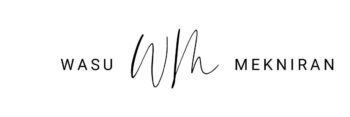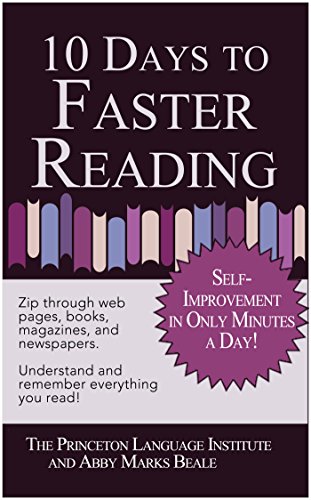Category: Productivity & Effectiveness
(10 von 100)
Why: I need to read faster to complete my 100 books binge project.
Goal: layout the reading system to zip through books and understand everything I read.
Table of Contents
Action: Just read it faster, really.
3 Key Concepts
- Read quality material : “Do you honestly wanna read these books?”
- Human nature : Mind-wandering, Regression, Sub-vocalization.
- Active Reading : before reading “why? what for?”, during “5W1H”, after “so what?”.
Summary
Read quality material, book-lovers have long reading lists and tall reading piles. Abby reminded us to be more selective. Start a habit of estimating how long each book would take and times that with books on your table. If your week only allows 2-3 hours, and one book takes you an hour, then limit a pile to 3 books.
Right, that is easier said than done. After all, we wish to read more!
Here are 3 steps to reduce your reading pile like a machine.
- Collect them into one pile.
- Rate each book from no value (1) to personally valuable (10).
- Split them into 2 piles; keep one pile with 6 or more, ignore the rest.
The key message is to read only what benefits you considering the time limit. Do not let quantity lure you, be selective about quality.
Understand our reading nature, Abby mentioned 3 passive reading habits we humans do. She pointed out that one can only reduce, but never get rid of them. Because they are intrinsic natures. The key is to engage each habit mindfully.
- Mind-wandering is reduced by actively connecting the reading content with your experience.
- Regression is reduced by trusting your brain to grasp from context, do not double-back.
- Sub-vocalization is reduced by guiding with pacer, chewing gum, or “Reading Faster”.
How to Read
Before
Setup a mental environment by giving your brain a map. Make it a habit to preview a material (skimming), then set a purpose and a responsibility.
- Find a purpose : ask “why am I reading this?”
- Give yourself a responsibility : ask “what do I need this information for?”
During
Adjust your strategy, “Shifting gear”. This concept is so obvious, but yet so refreshing. Until now, I tried to tackle any reading task with the same reading tools. In short, if it is a novel or a poem, you ought to read it bit by bit, letting the emotion sink in to appreciate the art. For nonfiction though, apply skimming and scanning techniques to get your answer swiftly and go!
Skimming
—————
Get general ideas
“What is it about?”
1. Read table of content
2. Read first and last sentences
3. Look for illustrations
Scanning
—————
Find specific information
“Where is the answer?”
1. Look for keywords
2. Look for Bold and italics
3. Look through bulleted info
The normal reading mode is to ask 5W1H. Familiarize yourself with proactive reading, and you will become competent at connecting ideas. This is like your Swiss Army knife.
5W1H: Who, What, When, Where, Why, How
After
State a conclusion. It is only worthwhile when the information leads to action. Ask “So what?” to squeeze out the last juice. This question urges you to decide what to do with this new knowledge. Repeat it to your obsession. Demand a result!
“So what? So what? So what? So what? So what? So what? So what? So what? So what? So what?”
“So what?” clarifies your action after reading.
WM
This book is a solid guideline for any reader. Many people including me had the last reading class in elementary school. Worse yet, I skipped a basic English class and landed right in an academic English class at university. Haaa my education was some kinda joke…
Below is the quote that inspired me to become an avid reader.
Five years from today, you will be the same person that you are today, except for the books you read and the people you meet.
Charlie “Tremendous” Jones

Goal check: I learned bulletproof rules to read faster and have a better understanding.
Wasu’s Review
( 5.0 / 5.0 )
Get this book on Amazon here!
Bonus: Check out this article by Jeff Somers on “10 Essential Life Skills Only Voracious Readers Have“
What do you think? Is there anything you want to add or share on how to read faster?

